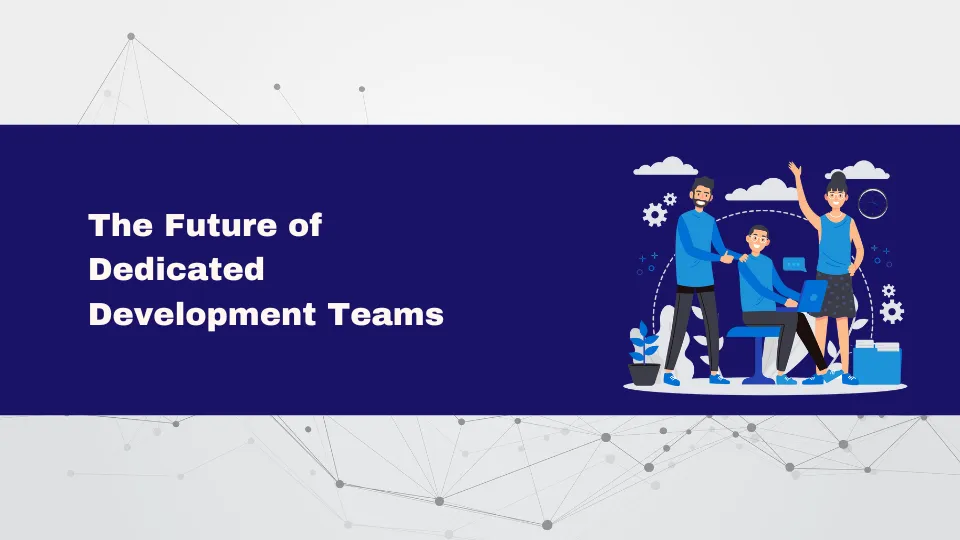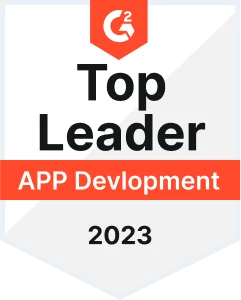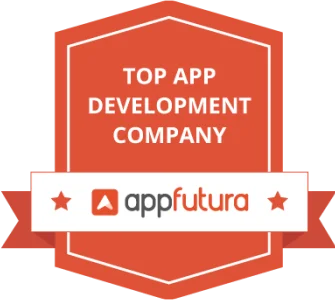AI Changing the Face of Software Development - Automating repetitive tasks and outmaneuvering potential challenges are a few areas that AI is transforming, coupled with more innovation. These few changes permit software developers to invest more in creativity and solving complex queries. Hence, the speed and productivity of the processes are effectively increased.
This modification involves developing a new, dedicated team, as they are rethinking their approaches in embracing AI as a method to achieve clarity and productivity. Therefore, most teams are integrating new AI tools in their activities, and one instance is such: GitHub Copilot's AI coding enhancement, as well as COIN's completely automating tedious tasks, as they are instruments like the JPMorgan.
This relationship between human creative conception and AI analyzing capabilities is opening new avenues where possibilities exist and humans are successfully achieving the impossible. They are really creating a future that welcomes innovation.
The Power of AI in Dedicated Development Teams
Artificial intelligence enriches terms of commitment and productivity, which are essential factors in collaboration, working with and learning from each other in highly skilled private development teams. From the aging of persons to emotional intelligence and learning throughout, but virtually by no means the last, the team empowers itself to perform optimally.
The Enhancement and Allocation of Skills
An AI system accurately evaluates the team's skills and then assigns tasks depending on real-time situations, thereby matching the skills of the person who is best suited for the job.
Example: Google utilizes tons of other bits of intelligent software in adding abilities, which are very intelligently focused on matching the right team members to the right project, significantly reducing delay in projects. For example, it might use something like Monday.com for effective task assignment.
Promote Emotional Intelligence in Teams
Some sentiment analysis tools apply to the team environment. An early warning of the potential threat to productivity is any sign of friction or morale dip.
Case Study: Affectiva, a sentiment AI-specific company, has developed emotional research and improved communications and team information management. Like an early warning system, it detects problems, helping to create that joint team atmosphere.
Continuous Learning
AI-driven learning systems strategize to focus on the individual training and development needs of those in the team with the dynamic ways emerging.
Example: IBM Watson designs personal programs for up skills to keep employees current on industry trends. LinkedIn Learning uses recommended roles, chased through AI, in training for continuous development.
Through AI integration, development teams will access higher efficiency and innovation and interface their technological detail with human creativity.
Hidden Challenges with AI Integration
AI is a deeply worthwhile asset for empowered programmers. Nonetheless, there are issues that venture actually occur in making things work right. If these are not pointed out, AI adjustments are sure to foster imbalance and unethical practice.
Bias in Algorithms
Many times, the AI systems reflect precisely the biases incorporated into the data they take in. The effect can lead to such skewed decision-making as likely to engender new inequalities.
Example: Cases about such biases in training data were highlighted in an examination by MIT and Stanford University in 2018 on facial recognition systems, which made the finding that women and individuals belonging to the “dark” population were overlooked by the foremost algorithm. An Amazon algorithm for recruiting also favored men through its biased training on historical HR data with distinct male skewing compared to its female side, resulting in its discontinuation.
Dilution of Creativity
The automation or taking over of human work by the bot tends to overtake creativity in human beings. That is, it creates limitations in ideation and exploration, which actually stimulates innovation.
Example: In the industrial arena, the absence of artistry and novelty in AI-built creativity is criticized. Thus, in 2022, a Harvard Business Review article emphasized the need for human participation to complement AI, instead of replacing it with artificial intelligence.
Deeply Reliant on AI Systems
Over-reliance on AI exposes the greatest risk when something turns into disasters or inaccuracies especially if the artificial intelligence (AI) systems go wrong. Too much backend support from AI actually puts on the back foot teams already using AI because of business hold-ups.
Example: For example, in a software development company in 2021, a major delay was noticed because an AI-project management tool had an almost 100 percent record of work waste, with disoriented workflow pointers. This made it necessary to show that human intervention is necessary to save backup jobs from software-based unresponsiveness.
Striking a Balance
AI must be viewed as a tool to enhance, not replace, human capabilities. Incorporating strategies like diverse training data, regular system audits, and encouraging human creativity can mitigate these challenges, ensuring AI remains a powerful but balanced ally in development teams.
Case Studies of AI-Driven Success
Spotify: Optimization of features
AI enables Spotify to evaluate end-user behavior, while the organization embraces an agile approach to customized features like Discover Weekly ensuring better customer engagement.
Tesla: Rapid Innovation
AI has overall use for Tesla in software upgrades provided in real time as a key element of its autonomous system, with high fame in vehicle technology because of most rapid inventions.ancellate its grip on the industry leadership.
AI-dominated Tools in Revolutionizing Industry
- GitHub Copilot: With AI-suggested snippets and error detection, this almost automates the coding part.
- Monday.com: The introduction of AI on smart workflows task management optimization protocols.
- Slack GPT: Keep really helpful communication among teams organized in virtual environments and get short real-time summaries, demographics, and insights for the various distributed teams.
Future Oriented AI and Development Teams
- Predictive Features: AI forecasts user behavior, enabling intuitive software design.
- Toward the vision of global collaboration: Companies from different parts of the world align through their real-time translators, which calls for demand in the data science sector.
- AI as a Creative Partner: In creating fresh ideas and problem-solving, AI boosts novelty and faster cycles.
- Custom AI Tools: One can design its bespoke AI models and essentially develop or research requirements of projects, perhaps improving many administrative activities.
These developments give an overview of the significant role AI plays in transforming dedicated IT development project teams and projects, the productivity and innovative enterprise within this setup.
Maintaining the Human Element in AI-Driven Teams
While AI transforms software development, the human element remains crucial. Teams that blend human ingenuity with AI capabilities create innovative and sustainable solutions, ensuring a balanced approach to progress.
Synergy Between Humans and AI
The most successful teams integrate human judgment with AI precision. For instance, AI tools like GitHub Copilot assist developers by suggesting code, but final decisions, creativity, and problem-solving remain uniquely human.
Example: A study by MIT Sloan Management Review highlights that companies combining AI with human expertise achieve nearly 6x better performance in innovation compared to those using AI alone. This shows the power of synergy in unlocking new possibilities.
Ethical Practices in AI Development
Ensuring AI is used responsibly is vital. Ethical frameworks emphasize accountability, fairness, and transparency to avoid issues like bias or misuse.
Case Study: Google’s AI Principles highlight their commitment to building fair, unbiased systems, showcasing how ethical guidelines can drive responsible innovation without stifling creativity.
Challenge Addressed: AI-driven recruitment systems, like Amazon’s earlier hiring tool, faced criticism for gender bias. Lessons learned from such incidents underscore the importance of ethics in AI deployment.
Preparation for the AI-Driven Future
1. Embracing Agility and Adaptability
The rapidly evolving AI landscape demands teams to stay flexible and ready to pivot. Businesses are investing in upskilling employees to adapt to these changes.
Real-World Insight: Deloitte’s AI and the Workforce report shows that organizations prioritizing agility saw a 30% rise in team productivity when implementing AI systems.
2. Building Ethical AI Frameworks
Transparent and unbiased AI systems are non-negotiable for sustainable growth. Companies must prioritize explainable AI models to build trust.
Example: IBM’s OpenScale platform monitors AI decisions for fairness, ensuring ethical practices while improving accuracy.
3. Fostering a Collaborative Culture
AI thrives in environments where teamwork and communication are encouraged. Open dialogue helps align AI’s capabilities with human creativity.
Case Study: Microsoft’s AI and Human Collaboration initiative focuses on truly creating inclusive workplaces where AI actually amplifies, rather than replaces, human effort.
AI’s transformative impact on software development is truly undeniable, driving efficiency and innovation. However, the future lies in balanced collaboration—where AI complements human intuition and creativity. By blending technological precision with ethical practices and a strong collaborative culture, dedicated development teams can craft groundbreaking solutions while preserving the human essence at the heart of progress.

_thumb.webp)
_thumb.webp)
_thumb.webp)

_thumb.webp)













